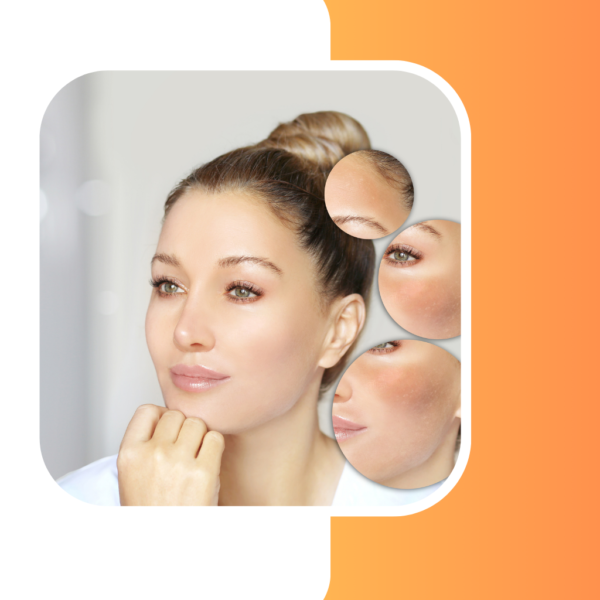Body Whitening Treatments
Body Whitening
Body whitening typically refers to the practice of using various products and treatments to lighten or whiten the skin tone. It’s important to note that skin whitening is a cosmetic procedure. It’s crucial to prioritize the health and safety of your skin when considering any cosmetic procedure. Be cautious about the products you use and seek guidance from qualified professionals to achieve your skincare goals safely and effectively. Additionally, embracing and celebrating your natural skin tone is an important aspect of self-acceptance and body positivity. It’s important to note that the safety and efficacy of body whitening practices can vary widely, and some products may carry potential risks or side effects.


Types of Body Whitening treatment
There are various types of body whitening treatments, also known as skin lightening or skin brightening treatments, designed to address different skin concerns and achieve a lighter or more even skin tone. It’s important to note that the effectiveness and safety of these treatments can vary, and they should be used under the guidance of a dermatologist or skincare professional. Here are some common types of body whitening treatments:
Topical Skin Lightening Products:
- Skin Whitening Creams: These over-the-counter or prescription creams typically contain ingredients like hydroquinone, kojic acid, glycolic acid, or arbutin. They work by inhibiting melanin production in the skin, leading to a lighter complexion over time.
- Serums and Lotions: Similar to creams, serums and lotions may contain skin-lightening ingredients and are applied topically to specific areas.
Laser Therapy:
- Fractional Laser Treatment: Fractional lasers target and break down melanin in the skin, promoting the growth of new, lighter skin cells.
- Q-Switched Laser: This laser is often used to treat hyperpigmentation, melasma, and certain types of birthmarks by targeting pigmented areas.
Microdermabrasion: This non-invasive procedure exfoliates the outer layer of skin, helping to reduce the appearance of dark spots and promote a more even skin tone.
Cryotherapy: Cryotherapy involves freezing and removing pigmented areas of the skin. It is sometimes used to treat conditions like age spots or warts.
Injections and Dermal Fillers: Some individuals may use skin-lightening injections or dermal fillers to address specific concerns, such as dark circles under the eyes.
Skin Brightening Facials: Certain facials and treatments offered at skincare clinics or spas may incorporate ingredients like vitamin C or antioxidants to promote skin brightening.
Prescription Medications: Dermatologists may prescribe specific medications to address skin conditions like melasma or post-inflammatory hyperpigmentation.
